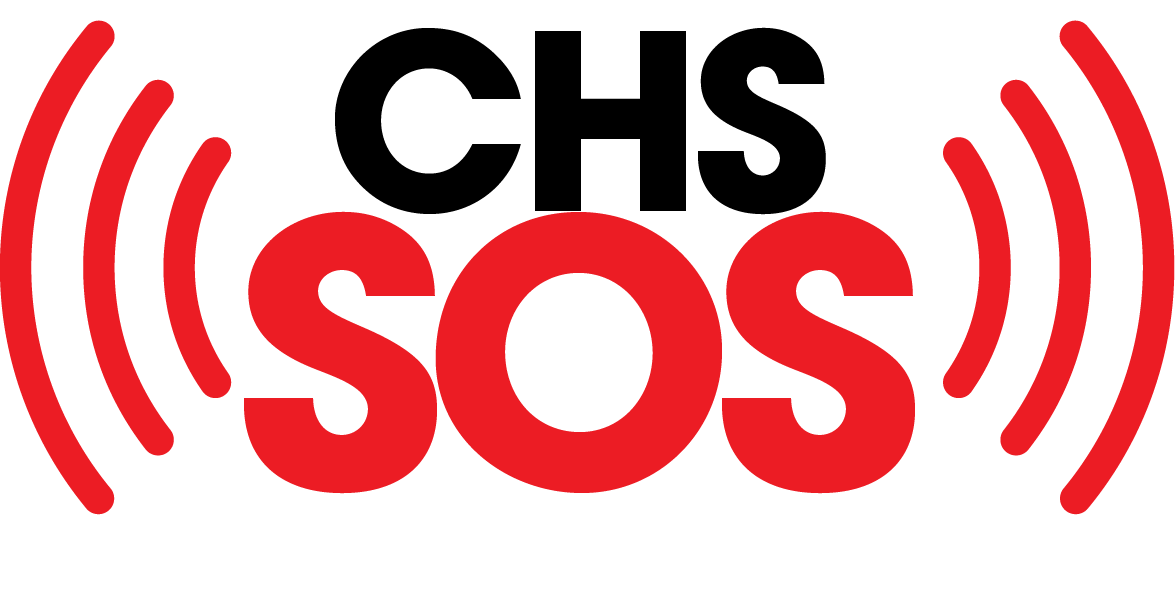Treating Cannabinoid Hyperemesis Syndrome
When looking to tackle the mystery of Cannabinoid Hyperemesis Syndrome (CHS), knowing your treatment options can be a game-changer. From quick fixes to more intensive care, there are plenty of ways to keep those pesky symptoms at bay.
Immediate Relief Measures
If you’re in the throes of CHS, finding quick relief is a top priority. One handy trick involves using capsaicin cream on your tummy. This spicy little cream might just ease the queasiness and stomach upset that CHS loves to throw your way.
Many people swear by the old hot shower trick. The steamy warmth feels like a big blanket for your insides, helping to soothe nausea and that yucky stomach feeling, at least for a little bit.
Medical Interventions
If CHS has you feeling like you’ve hit rock bottom, it’s time to call in the pros. Doctors and healthcare wonders can guide you towards the right treatment for you:
- Medication: Your doctor might hand you a prescription for anti-nausea pills or other meds to help smother those CHS flames.
- Intravenous (IV) Fluids: When dehydration or relentless puking is the villain of your story, IV fluids can swoop in to rehydrate you and balance your electrolytes (Alberta Health Services).
Sometimes, a gastroenterologist is called in for backup to provide specialized care. Cutting out cannabis is a big, bold step towards feeling better. And let’s not forget about behavioral therapy; it’s a helpful buddy on the road to recovery, assisting in tackling those cannabis cravings and sculpting a life without CHS.
Managing CHS takes a mix of quick fixes and solid medical advice. By teaming up with healthcare champions and making some lifestyle tweaks, you can keep CHS in check and strive for a brighter, healthier future.
Managing CHS Symptoms
Getting a handle on Cannabinoid Hyperemesis Syndrome (CHS) symptoms takes a mix of good practices and self-care tweaks. If you’re up against this pesky condition, here are some tried-and-true methods that folks swear by to keep things mellow:
Break Out the Capsaicin Cream
One trick up many sleeves is slathering on some capsaicin cream on the belly. This cream, a spicy gift from chili peppers, can ease that pesky nausea and tummy aches. A gentle massage with it can bring a warming relief to those achy vibes, getting you back on track.
Hot Showers: Your Instant Comfort Zone
Diving into hot showers has become a favorite go-to for CHS warriors. The steam and warmth work their magic, calming the body’s jitters and taking the edge off nausea. Believe it or not, that hot water dance taps into the brain’s control center, the almighty hypothalamus, to help soothe symptoms. Sneak these soothing showers into your day for some quick relief.
Give Cannabis a Break
Kicking cannabis to the curb is one of the most important steps to feel better. Within about 10 days of stopping, many notice things start looking up. It’s no cakewalk, especially if it’s been a constant companion, but ditching the habit is a game-changer for recovery.
Mix in these habits to manage CHS like a pro and ease the symptoms that cramp your style. Always have a chat with your healthcare squad for advice tailored just for you. Taking care of yourself and tweaking a few lifestyle choices can steer you toward feeling like yourself again!
Getting Help from the Pros
When you’ve got Cannabinoid Hyperemesis Syndrome (CHS) throwing you for a loop, leaning on medical folks is a smart move to tackle those rough symptoms. Chatting with a healthcare provider and considering intravenous (IV) fluids could be your game-changers in feeling better and shaking off CHS troubles.
Doctor’s Orders
So, you’re dealing with CHS and it’s not giving you a break, huh? Time to ring up a doc or a specialist. They’ll take a good look at what’s going on and cook up a plan just for you. We’re talking meds, maybe some lifestyle tweaks, or other tricks they have up their sleeve. You want someone who gets your specific brand of struggle and can steer you towards feeling human again.
Spilling the beans honestly about how you’re feeling—how often you’re nauseous, how epic that barf-fest is, or how much your belly is acting up—can really make a difference. This info is gold for the docs. It helps them figure out what’s up and how best to kick those CHS symptoms out of the park.
IV Fluids to the Rescue
If CHS has you heaving and you’re losing more than your lunch, you might end up at the hospital. That’s where IV fluids come in—they’re like your body’s Gatorade but straight into the veins. It’s fast, it’s effective, and it gets those fluids and nutrients back where they belong.
When gulping water feels impossible ’cause nothing’s staying down, IV fluids are like your body’s superhero, swooping in to save the day. They help keep vital functions in check and can be a life-saver when regular hydration isn’t cutting it. Think of it as a quick fix to restore what’s lost and help you feel less awful.
Getting the right help means you’re well on your way to kicking CHS to the curb. By dishing out all your symptom secrets to a healthcare pro and possibly getting some IV fluids, you’re setting yourself up for a smoother ride to feeling better. It’s all about getting the right support to hydrate and heal while those CHS symptoms take a backseat.
CHS Diagnostic Process
Figuring out if you got Cannabinoid Hyperemesis Syndrome, or CHS, means you’ve got to talk clearly about what’s going on with ya and then let the docs do some checking. Getting the right diagnosis is super important for treating those rough times you’re having with CHS.
Communicating Symptoms
When you’re chatting with your doctor, lay it all out there — how often you’re hitting that green, what’s making you sick, and what makes it go away or get worse. Talking straight helps docs do their thing and cook up a treatment plan that’s gonna actually help you out.
Folks dealing with CHS often feel queasy in their belly, get some serious tummy aches, and just can’t shake that pukey feeling. And trust me, keepin’ off the cannabis helps tons, making it pretty clear there’s a link between the weed and feeling like you’re on a bad merry-go-round (American College of Gastroenterology).
Diagnostic Tests
Doctors use tests to pin down CHS and kick out other things that might be messing with your stomach. Even though there ain’t a magic test for CHS, docs like to peek under the hood with a bunch of different checks to be sure what’s what.
They might poke you for some blood, ask for a “sample,” or snap some pics with an ultrasound or a scope to figure out your insides. These tests help ’em figure out what’s wrong and give you a straight-up answer about having CHS or not.
Talking straight and teaming up with your doctor are key steps in the CHS detective game. By speaking up about what’s ailing you and going through the right tests, folks with CHS get better, faster, and get set up with treatment that actually kicks those symptoms to the curb for good times ahead.
Genetic Factors in CHS
Unpacking the mystery of Cannabinoid Hyperemesis Syndrome (CHS) involves more than just guesswork. Genetics have a big say in the matter. Knowing which genes go haywire can shed light on how CHS develops and how it messes with those brain messengers called neurotransmitters.
Gene Mutations Associated
Picture this: a key study on CHS patients, as showcased by NCBI, spotlighted some gene mutations causing mayhem behind the scenes. We’re talking genes like COMT, TRPV1, CYP2C9, DRD2, and ABCA1. Each one plays its part in how things go topsy-turvy in the brain, impacting everything from neurotransmitters to how we process cannabinoids.
A handy gene cheat sheet:
| Gene | What It Messes With |
|---|---|
| COMT | Breaks down those brain messengers |
| TRPV1 | Deals with pain and keeping your cool—literally |
| CYP2C9 | How your body handles cannabinoids |
| DRD2 | Tunes how dopamine dances in your brain |
| ABCA1 | Moves lipids around, handling fat like a pro |
When these genes do the two-step wrong, they mess with your body’s rhythm, which might set off CHS symptoms. Scientists are diving deeper into these gene quirks to understand CHS better and find those magic bullet treatments.
Impact on Neurotransmitters
It’s not just a single domino that falls. These mutations cause a chain reaction that hits neurotransmitters and the endocannabinoid system like a ton of bricks. Your brain’s messengers, or neurotransmitters, are busy bodies, dealing with mood swings, pain ticks, and that roaring hunger.
With CHS, the usual wiring gets crossed. Things like dopamine sputter out of tune, leading to odd feelings, a churning stomach, and gut grumbles. The body’s system for keeping things chill, called the endocannabinoid system, might also go haywire thanks to these genetic hiccups.
Getting to the heart of how genes, messengers, and the body’s chill system interact could be the golden ticket to squashing CHS. Cracking this genetic code means doctors and scientists can craft care plans just for you, tackling CHS head-on and making life a smidge easier.
Long-Term Recovery from CHS
For folks looking to kick Cannabinoid Hyperemesis Syndrome (CHS) to the curb, quitting weed and pairing up with some therapy support can be game-changers.
Cessation of Marijuana Use
Straight from the horse’s mouth at Alberta Health Services, cutting out cannabis entirely is your best bet to dodge CHS symptoms. Studies shout loud and clear that folks who ditch the doobie often feel better in about 10 days. Over on WebMD, they back up that quitting is crucial because sticking with marijuana just opens the door for nausea and vomiting to waltz back in (source).
According to the brains over at NCBI, almost 9 out of 10 people saw the light at the end of their symptom tunnel after giving cannabis the boot. But many who went back to it found themselves right back at square one with the same old symptoms (source). Bottom line? Dropping marijuana completely is key.
Behavioral Therapy Support
Teaming up with behavioral therapy can be a solid ally in the battle to quit marijuana and lead a CHS-free life. The American College of Gastroenterology rings the bell that putting marijuana on the backburner is crucial to feeling better. Patients often find themselves in good hands with gastroenterologists or behavioral therapists to get a grip on their situation (source).
The folks at Cedars-Sinai say the road to full recovery from CHS is paved with not just quitting weed but also tapping into some extra support like therapy or drug rehab programs. They can dish out the must-have strategies and tools to leave cannabis behind and wave goodbye to CHS symptoms once and for all (source).
Kicking marijuana to the curb and getting some therapy support are moves that can lead to long-term recovery from Cannabinoid Hyperemesis Syndrome. Merging lifestyle changes, expert medical guidance, and a good dose of psychological support can help folks take charge of CHS and level up their quality of life.



1 Comment